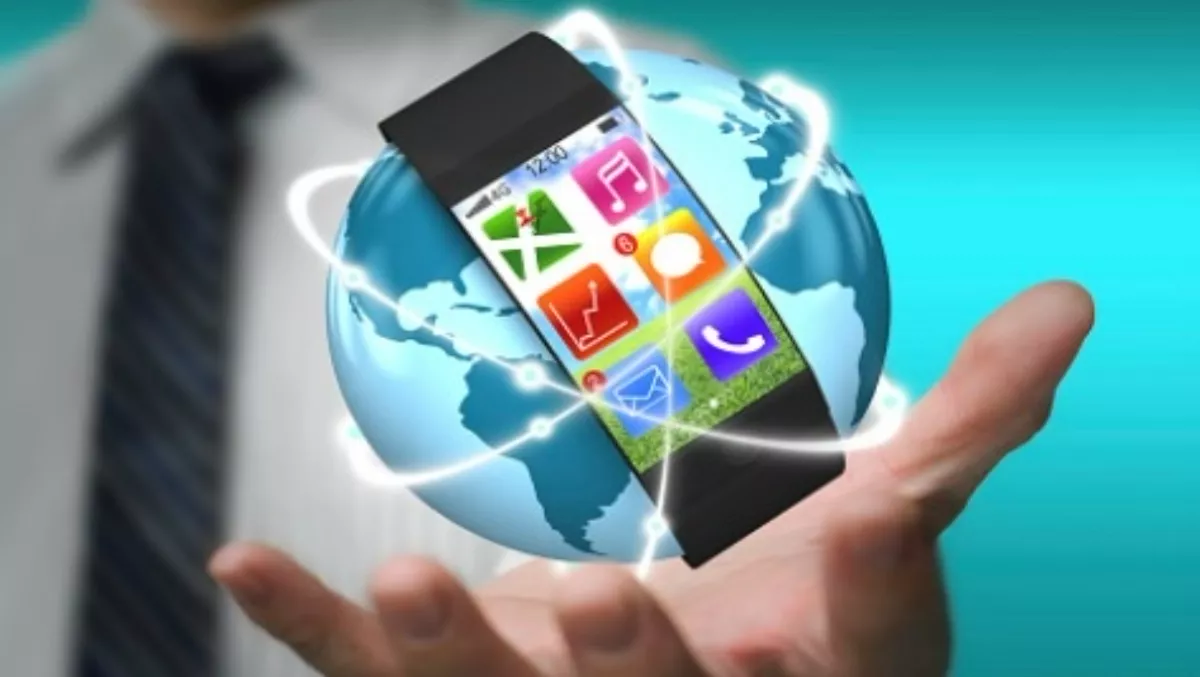
Why CIOs need to consider wearable tech in the enterprise
The enterprise wearables market is expected to reach $18 billion by 2019, according to Sowri S. Krishnan, vice president, mobility, Cognizant.
"Smartphones and tablets were the catalysts that steered the Bring Your Own Device) movement in the workplace," he says. "And now applications and services will be the fuel to fan the wearable technology fires." Krishnan says "the wearable technology trend is driven mainly by people wishing to simplify their lives, by consolidating and analysing data from various sources to interpret the world around them better and provide contextual insights." According to Forrester Research, although it will take a while for wearables to become ubiquitous in the enterprise, the next few years will see the early adoption of wearables. "These range from smart glasses and smart watches to activity trackers and more, but the key to this transformation is usability in the workplace," Krishnan says. For instance, healthcare organisations can utilise wearables that leverage the capabilities of biometric sensors to monitor remotely and regularly health statistics such as blood pressure and sleep patterns. In turn, this grants healthcare workers quick and real-time access to a patient's vital medical information for more effective health reporting and analysis, ultimately improving patient care. Krishnan says customer experience in the retail sector can also be transformed with wearable technology. "For example, retail organisations can identify customers by harnessing the fields of information surrounding them—their Code Halos resulting from their digital footprints and forming their virtual identities—to break down the barriers between IT and business," he says. Krishnan says wearable technology can become bigger and better with augmented reality. "In the near future, augmented reality is expected to usher in new ways for businesses and industry processes such as improved asset utilisation, process efficiency, productivity, cost savings and revenues.
Mobile and connected devices can help to boost efficiency for those in-field services. Krishnan says augmented reality headsets can act as collaborative tools to bridge human contact across organisations. "For instance, integrated video-conferencing on these headsets can help foster and strengthen human relationships, especially for organisations that are geographically dispersed, to build a truly global, connected business world.
Krishnan says organisations must realise that the enterprise wearables market is still evolving and they should evaluate the core business benefits before implementing the new technology.
Wearable technology is largely symbiotic with mobile technology as both are meant to improve security, save money and increase organisational efficiency. "Identifying tasks that can be made more efficient with wearables, knowing devices' functionality and analysing potential risks are some of the essential first steps before incorporating wearable technology into an organisation's overall strategy," Krishnan explains. "This is a brave new world that CIOs and IT departments can start exploring in order to tap mobile's full potential in enterprise application," he says.


